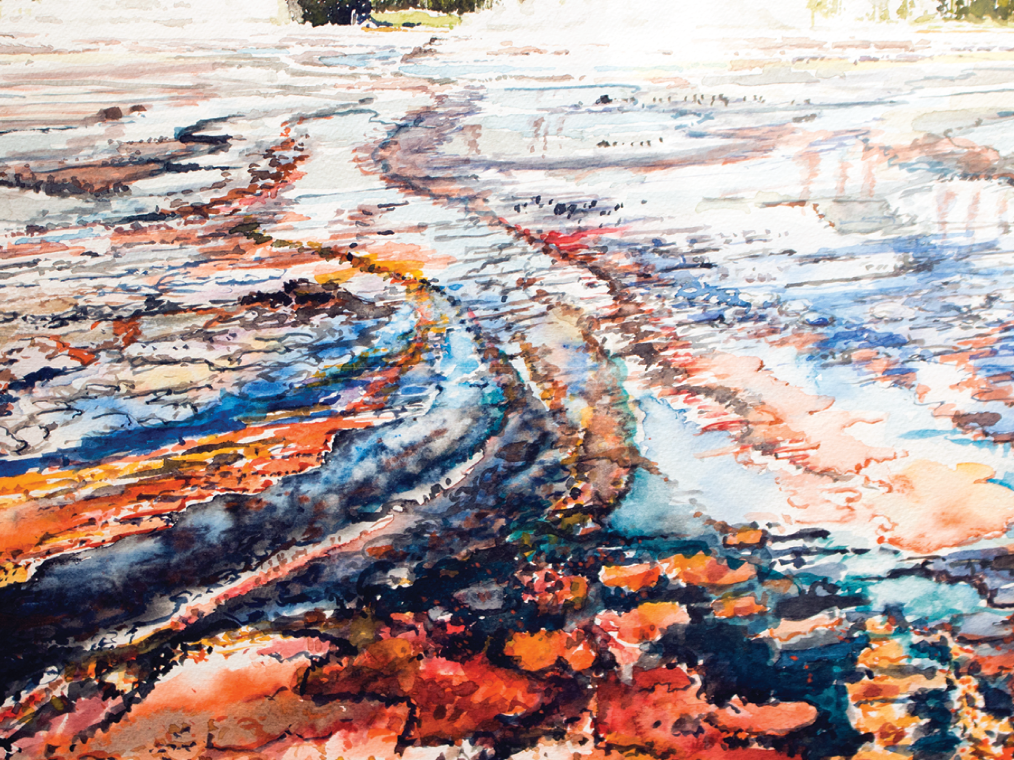Harry Heil's Watercolor Exhibition
The artist previously worked at Western for four decades in the art department.
In the dimly lit concert hall, a slideshow displayed photos of students in class in smocks, behind pottery wheels, and wielding paintbrushes. After about ten minutes, the photos faded and were replaced with a series of short videos. Once they finished, Department Chair Chase Hutchison took the stage and reviewed upcoming Art League events before opening up Skype to reach the guest speaker a man he described as the funniest, strangest, nicest person you’ll ever meet. After a few seconds, Post-regionalist Painter Harry Heil’s face appeared on the screen. The artist previously worked at Western for four decades in the art department. Now he lives 13,000 feet up on a mountain in Utah, where he continues to work on his watercolor paintings. “Gunnison is just too blasted cold for me,” said Heil. He detailed his daily schedule as waking up at 4 a.m. to research artists and layouts until 7 a.m., when “the day is half over so [he eats] breakfast and [takes] a nap.” Hutchison asked Heil if he could show the crowd his studio. Heil then began to walk around his 15 foot trailer and showed the audience a few sketches. Heil said he creates pieces by making these sketches on location, adding some color, then finishing the rest from home. By finishing at home, he adds a fantastical tinge to the paintings based more on vibrancy than accuracy. He said, the color comes out of my head. It’s not literal...most of it comes out of my teaching in color theory.” Heil likes to focus on contrast and dynamics in his paintings describing them as “chicken fights.” Despite years of practice, he’s “still learning every day.” Heil takes inspiration in his surroundings. He said his family had settled in Utah in the 1800s. Now he gets to paint landscapes of rock structures where his ancestors once lived. After the call ended, the audience was released to go to the gallery currently holding an exhibition with Heil’s work. Nearly each painting was drenched in hues from orange to blue to green, one of the most striking being Stuck in the Vermillion Mud.

